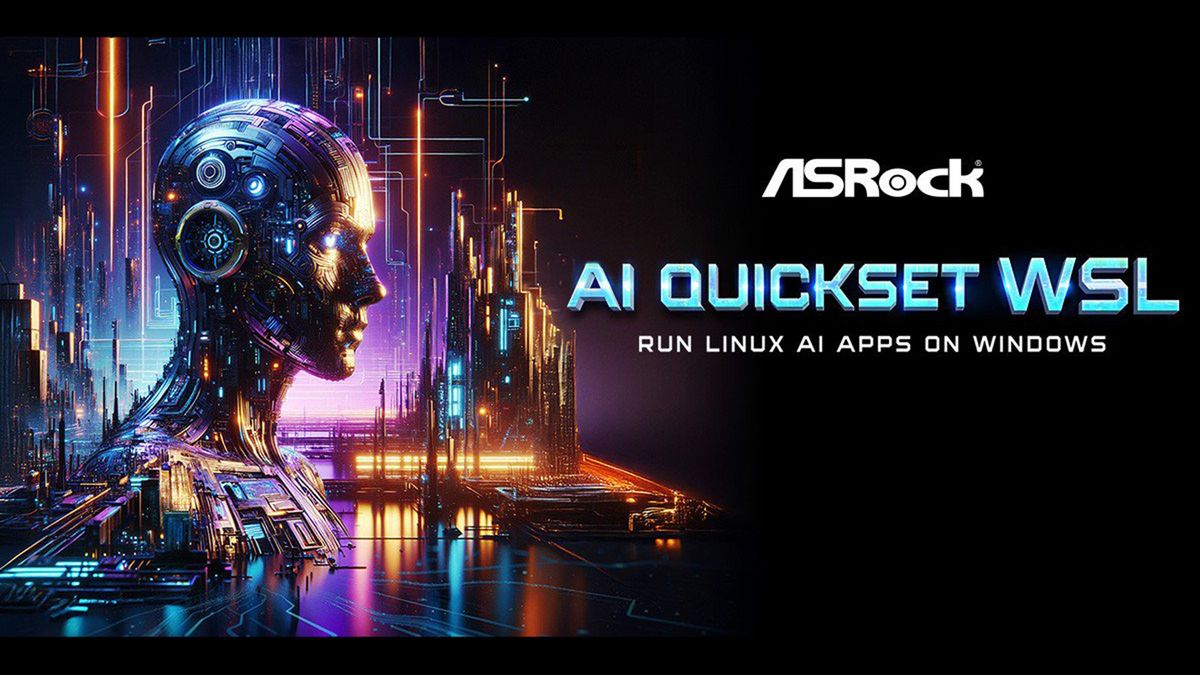Artificial intelligence (AI) is reshaping workplaces at lightning speed—but nearly a third of employees don’t know how to use it effectively. Instead of unlocking AI’s potential, many companies are watching productivity stall as workers struggle to adapt. The problem isn’t the AI itself; it’s a failure to prepare employees for collaboration with AI rather than competition against it.
So, how can companies turn this around?
CEO of Black Isle Group and creator of Nudge.ai.
The AI Knowledge Gap: A Threat to Workplace Innovation
Despite the widespread adoption of AI tools, many employees feel left behind. The Corndel 2025 Workplace Training report revealed that:
- 49% of employees believe AI is outpacing their company’s ability to train them, creating a skills gap that threatens productivity.
- 54% of workers report that they lack clear guidelines on AI usage, leading to inconsistent adoption.
- 65% of employees want ethical AI training, highlighting concerns about responsible AI use.
- 31% of UK small businesses hesitate to adopt AI due to a lack of understanding and support.
Employees aren’t just unsure about AI—they feel left behind. Without structured L&D strategies that encourage AI collaboration, organizations risk falling behind as competitors fully integrate AI-driven efficiencies.
Shifting L&D to Enable AI Collaboration
Traditional workplace training focuses on developing human-only skills. However, in an AI-powered workplace, employees must learn how to work alongside AI—not against it.
Here’s how L&D departments can adapt:
1. AI Literacy for All Employees
Organizations must introduce foundational AI training to demystify the technology and show employees how to incorporate it into daily tasks. This includes:
- Understanding the basics of machine learning and AI capabilities.
- Identifying which workplace tasks AI can enhance or automate.
- Recognizing the ethical implications of AI in decision-making.
2. Role-Specific AI Training
Not all employees need the same AI training. L&D teams should tailor programs to specific job functions:
- Marketing teams: Training on AI-powered analytics and content automation.
- HR teams: Understanding AI-driven recruitment tools and employee sentiment analysis.
- Customer service teams: Leveraging AI chatbots and automation for better customer interactions.
3. Ethical and Responsible AI
Training Ethical AI use must be a core component of workplace training. This includes:
- Teaching employees how to detect AI bias.
- Implementing decision-making frameworks to ensure AI aligns with company values.
- Conducting interactive workshops where employees assess real-world AI dilemmas.
4. Hands-On AI Learning and Experimentation
Many employees are hesitant to use AI simply because they have never tried it. L&D teams should:
- Set up AI “sandboxes” where employees can test AI tools without risk.
- Provide guided workshops on AI-powered applications like ChatGPT, Midjourney, or automation software.
- Offer continuous learning resources that evolve alongside AI advancements.
- Highlight case studies, such as IBM’s AI mentorship programs and Walmart’s AI-driven virtual reality (VR) training simulations.
5. Cross-Functional AI Collaboration
AI training should not be siloed within specific departments. Instead, organizations should foster cross-functional AI collaboration by:
- Encouraging teams to share AI use cases and best practices.
- Hosting AI-driven hackathons or innovation challenges.
- Creating AI mentor programs where tech-savvy employees guide others.
The Future of AI in L&D: What’s Next?
Looking ahead, AI will continue to revolutionise L&D through:
- Personalized Learning Paths: AI-powered learning platforms can tailor training based on an employee’s progress, strengths, and learning style.
- AI-Powered Virtual Coaches: Chatbots and AI assistants will offer real-time feedback and guidance during training exercises.
- Predictive Skill Gap Analysis: AI can forecast emerging skills employees need, helping companies proactively train their workforce.
- Immersive AI-Driven Learning: Virtual reality (VR) and augmented reality (AR) will create hands-on AI training experiences that simulate real-world applications.
Invest today for long-term gain
Businesses that invest in AI training today won’t just survive the AI revolution—they’ll lead it. The future belongs to companies that embrace AI as an extension of human capability, not a competitor to it.
The question isn’t whether AI will change the workplace, but whether organizations will equip their people to change with it.
L&D is no longer just about keeping up—it’s about leading the way. Businesses that reimagine their training strategies today will be the ones defining the AI-driven workplace of tomorrow.
We rate the best employee experience tool.
This article was produced as part of TechRadarPro's Expert Insights channel where we feature the best and brightest minds in the technology industry today. The views expressed here are those of the author and are not necessarily those of TechRadarPro or Future plc. If you are interested in contributing find out more here: https://www.techradar.com/news/submit-your-story-to-techradar-pro










 English (US) ·
English (US) ·